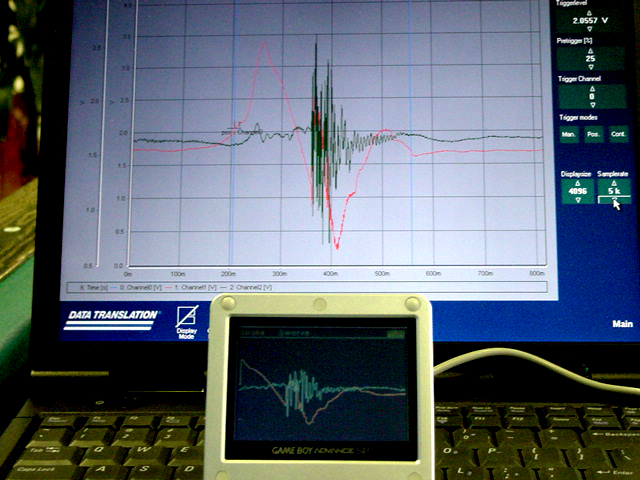canwin...I think you misread what Randyg posted. What he said was that the OP hit every shot with a decellerating stroke, and an abrupt stop of their stroke, and a tight grip...which is true. That is the opposite of the desired stroke movement. With a pendulum swing, the tip always ends up level, on, or near the cloth, in the finish position. With a natural finish, your grip hand ends up in or near your armpit. That's just the way your arm works with your body.
There is no "end-all", "be-all" that you describe. There are easy ways to accurately and repeatably setup and deliver the cue...and there are more difficult ways (elbow drop as one example). Our opinion is that the elbow drop is a choice, rather than a necessary part of the equation. We never said it cannot work doing that. Our conviction comes from decades of teaching 1000's of students, lots of continued education, and a desire to provide our students with a solid, easy to understand, and easy to execute means of cue stick delivery.
Scott Lee
www.poolknowledge.com
I get the feeling that what you teach is based on your own observations (some irrevalent) for reasons that I can explain. I try to make you explain your observations as to find your reasoning behind them. I believe that there are techniques that allow a person to use his or hers personality incorporated into there stroke. Your approach is a stilted mechanical way of playing with variables that a person shouldn't even have to think about. One being what happens after the qball is rolling as far as the stroke is concerned. I've never said a word about an "end all/"be all" stroke but I find you saying that's WRONG when giving your opinion. Getting off the track abit. The leeway I was talking about was that noone ever questions your assumptions. Your desire to teach an easy to understand, solid cuestick delivery is fraught(sp?) with endless detailed irrevalent errors as you would call them. I could list my accomplishments too but I don't resort to that as a defense to not get into a detailed discussion of why you think this and that. No one else seems to have. .
